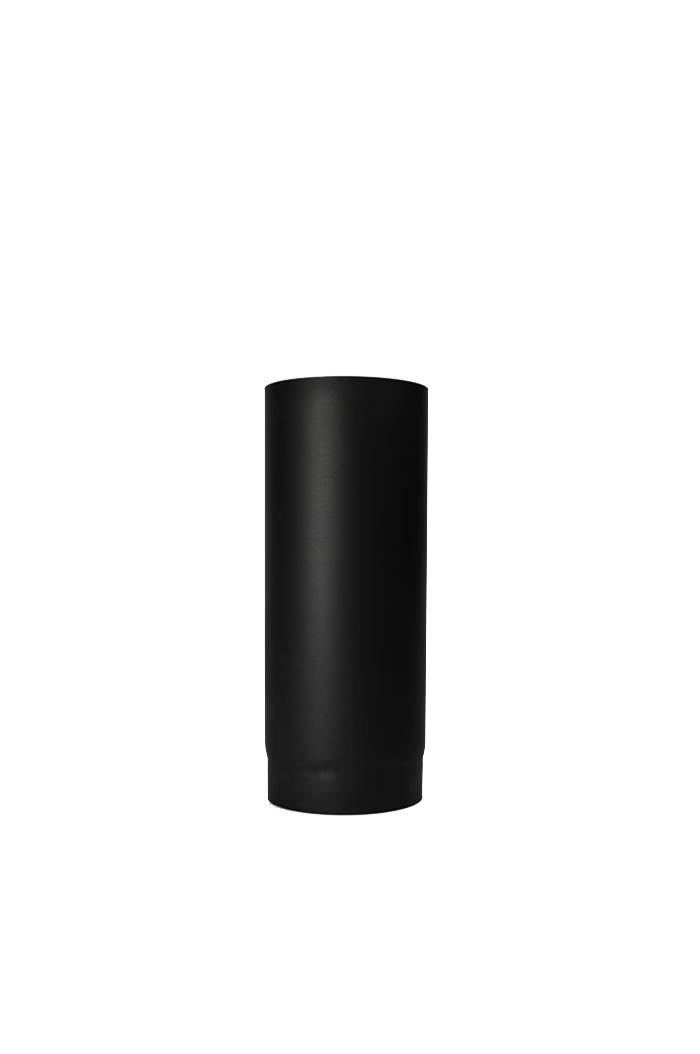Single skin flues
Looking for a reliable and high-quality single wall flue system for your home or commercial building? Look no further than eschimney.co.uk. Our single wall flue systems are designed for use with a range of appliances, including wood-burning stoves, gas and oil-fired boilers, and more. Made from durable and long-lasting materials, our single wall flues are easy to install and provide excellent performance for years to come. Contact us today to learn more about our single wall flue systems and how they can meet your specific needs.


